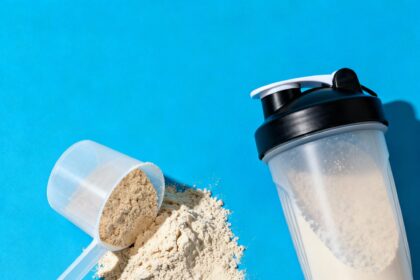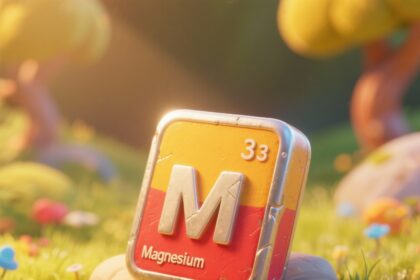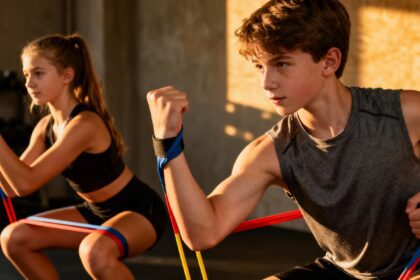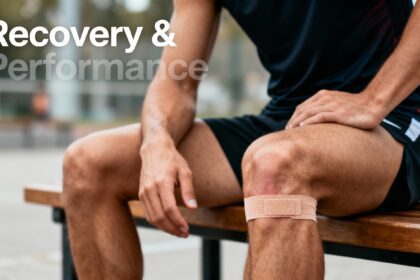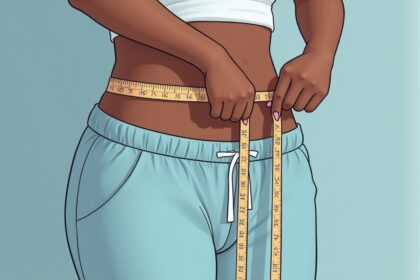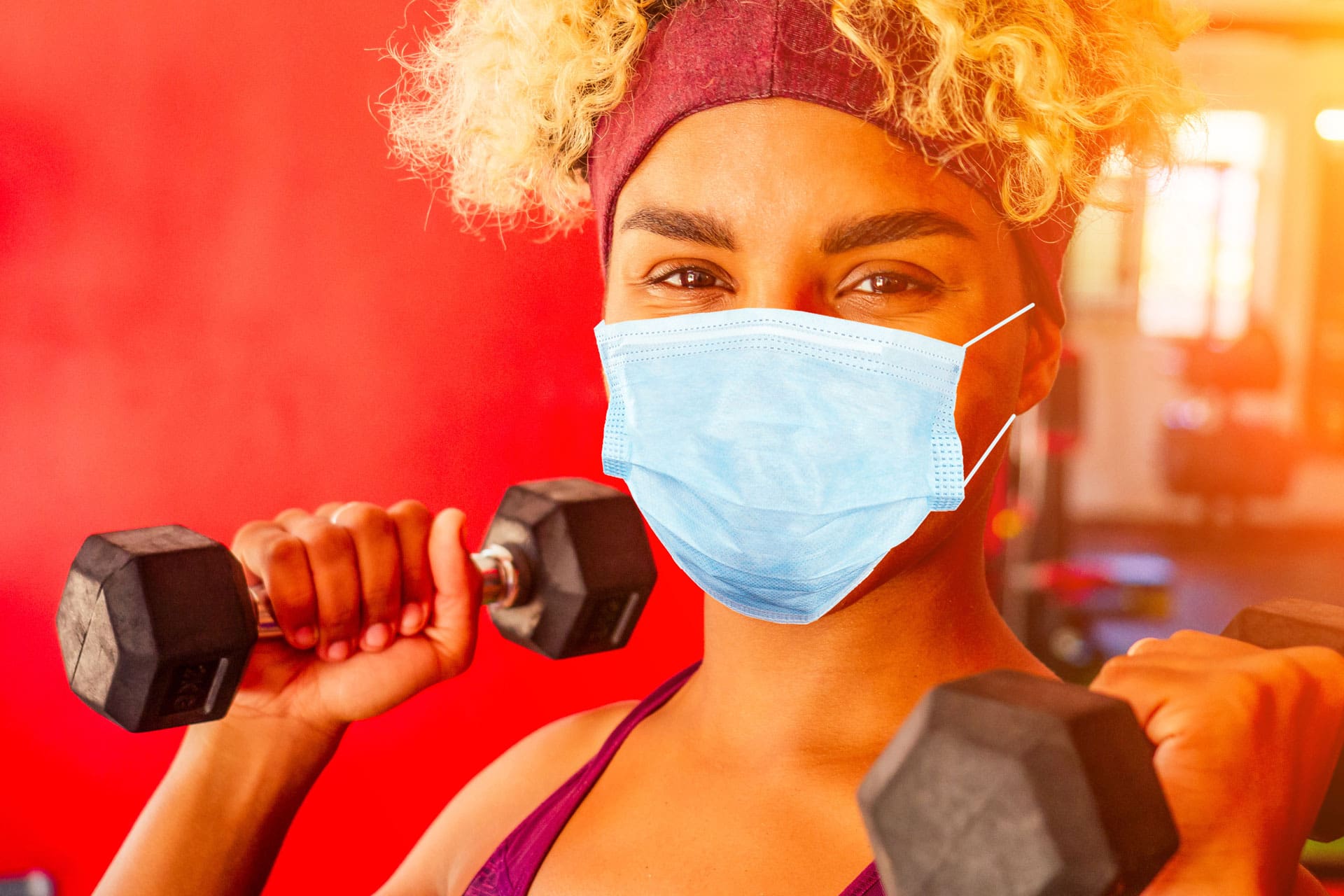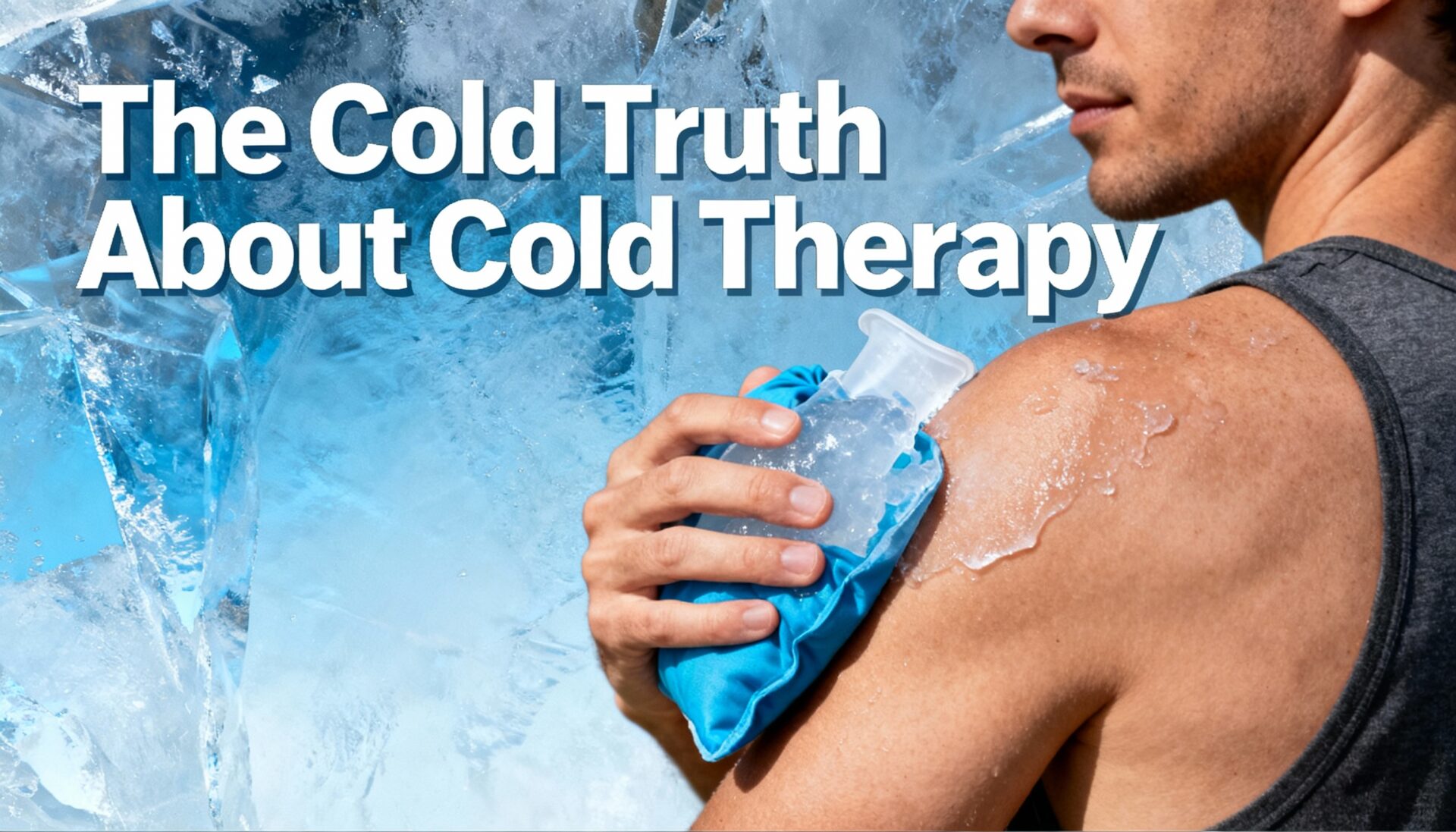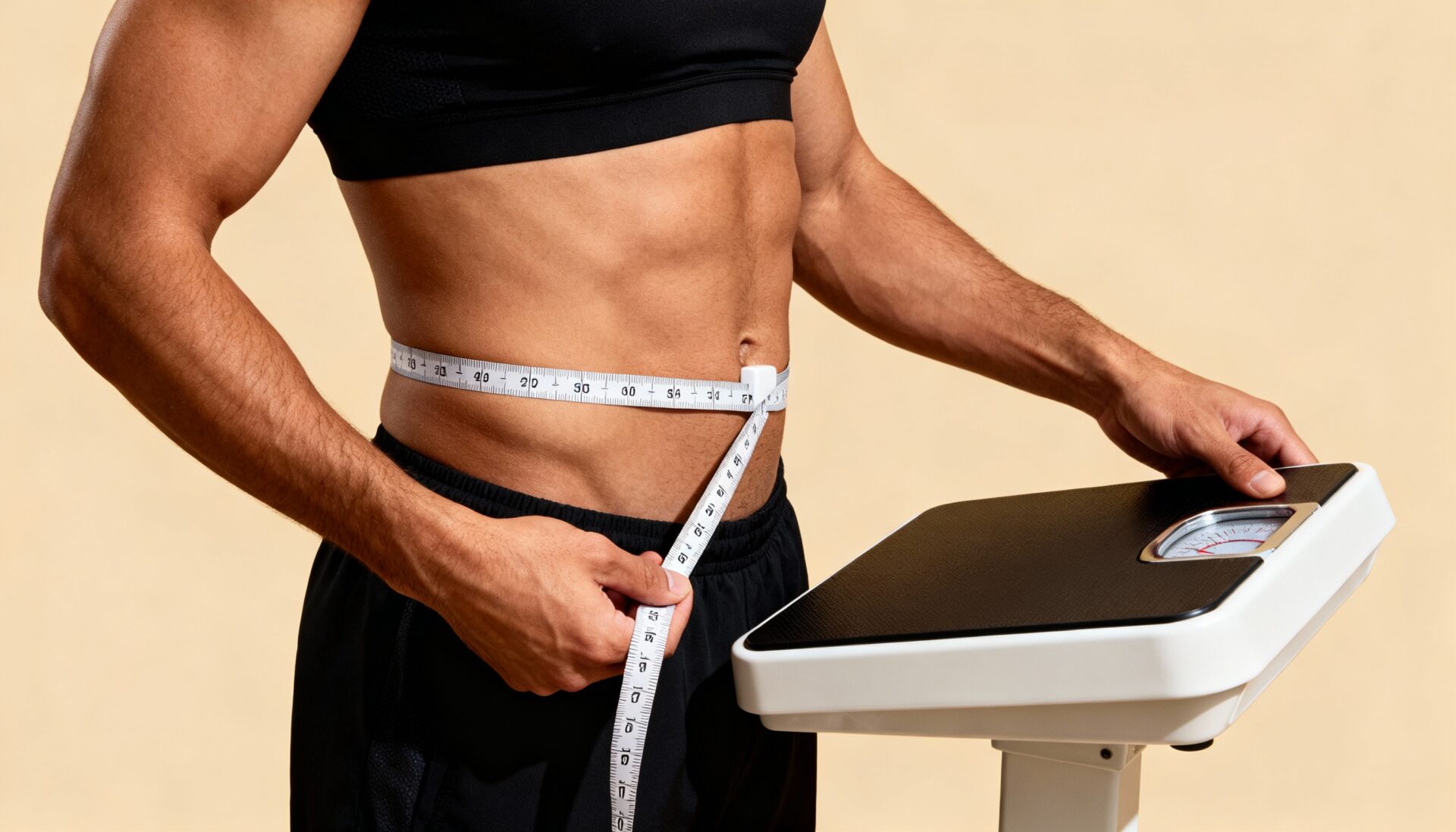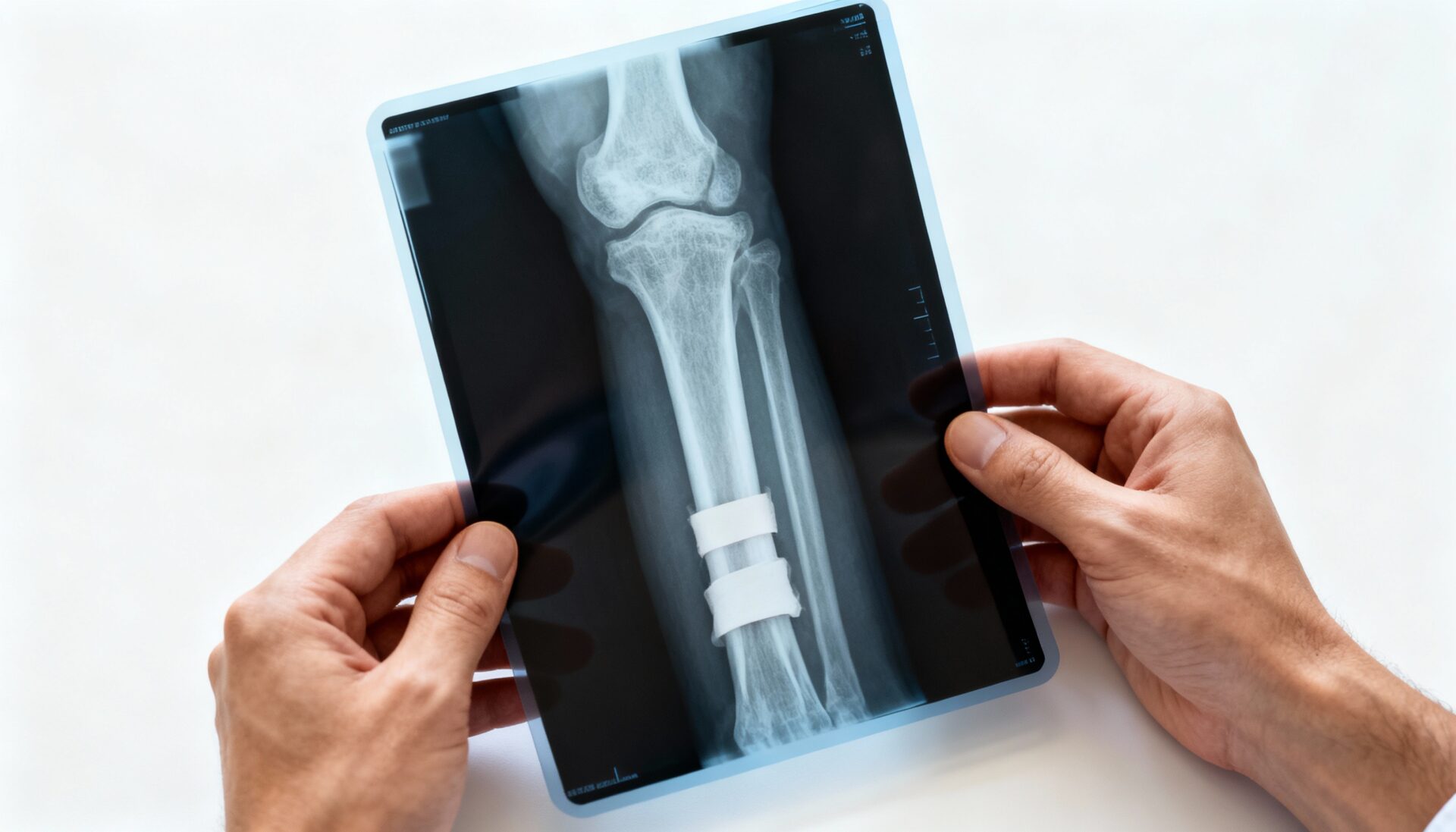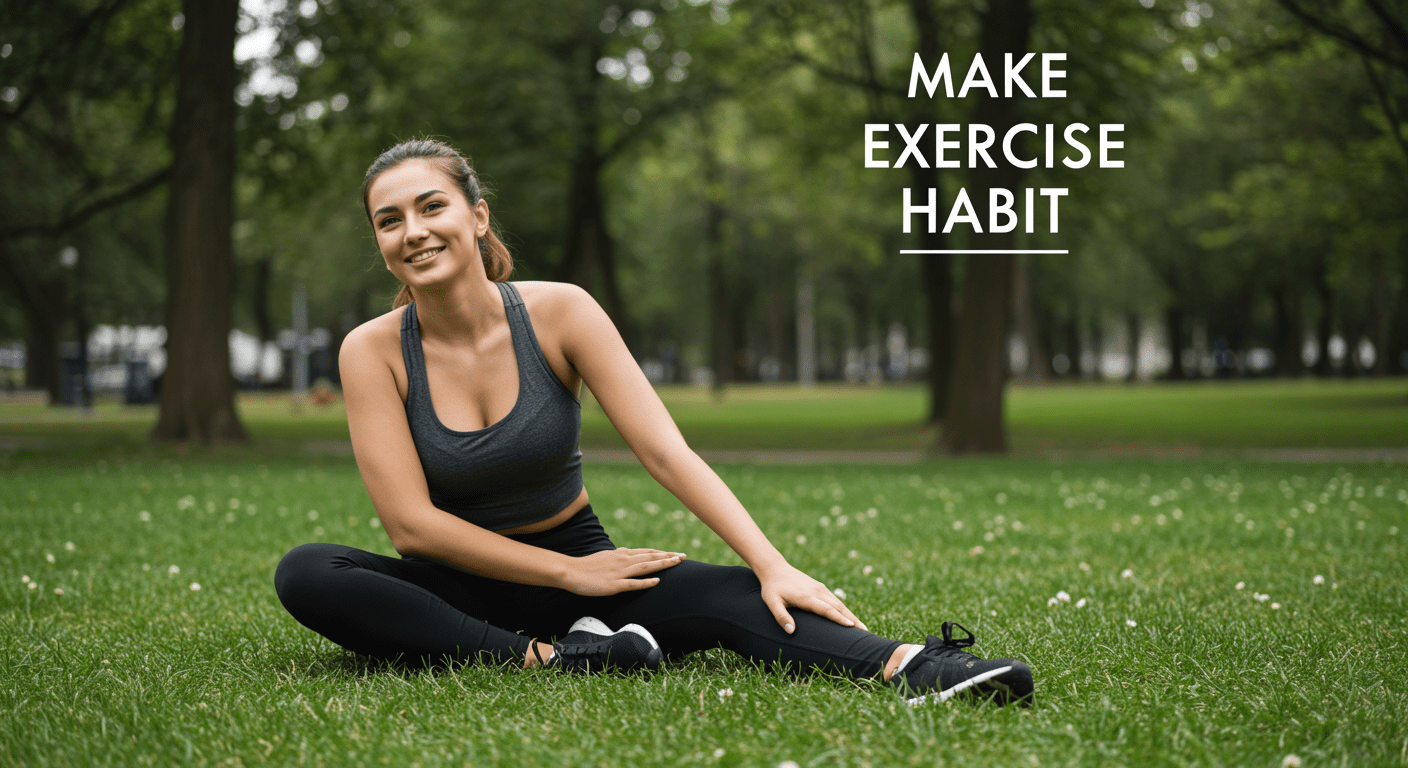By Michael Mitaly
Importance of Core Stability in Athletic Performance
Although core stability and function are frequently topics of discussion, the importance of core stability on resistance to injury and athletic performance is often overlooked. According to a 2006 article, core stability is defined as “the ability to control the position and motion of the trunk over the pelvis to allow optimum production, transfer, and control of force and motion to the terminal segment in integrated athletic activities”. The core acts as an anatomical hub for motion of the distal segments which can be considered ‘proximal stability for distal mobility’ for many athletic activities.
The core musculature is important because it helps protect the spine from excessive loading and transfers force from the lower to the upper body, and vice versa. Rotational movements, which are required in almost every sport, are often dependent on core stability. “The core” is a general, all-encompassing way of referring to this region. But several different muscle groups provide the necessary stability to the core for superior athletic performance.
Anatomy of the Core Muscles
The abdominal muscles consist of the transverse abdominis, the internal and external obliques, and the rectus abdominis. Abdominal muscle contractions help to create a rigid compartment, enhancing the stiffness and stabilization of the lumbar spine. The pelvic floor muscles, at the opposite end of the trunk component of the core muscles, are often neglected due to the difficulty directly accessing them. The hips and pelvis and their associated musculature are the base of support for the core structures.
These muscles have large cross-sectional areas and can generate significant amounts of force in addition to their stabilizing roles. The hip and trunk contribute about 50% of the kinetic energy and force throughout the entire throwing motion. The roof of the core musculature is the diaphragm. Simultaneous contraction of the diaphragm, the pelvic floor muscles, and the abdominal muscles is required to increase intra-abdominal pressure. This provides a more rigid “cylinder” for trunk support.
This “cylinder” decreases the load on the spinal muscles and allows for increased trunk stability. It appears that the core plays a pivotal role in athletic performance, but let’s look at the research.
Research on Core Stability and Throwing Performance
A 2011 study examined the effects of core stability training on throwing velocity in female handball players. The study involved a control group and a training group. The training group undertook a core stability training program twice a week for six consecutive weeks. The training program consisted of six specific core and rotational stability exercises performed in a closed kinetic chain. The pretest maximal throwing velocities of the training group and the control group showed no difference. After training, the training group demonstrated a significant increase in maximal throwing velocity (4.9%). However, the control group’s maximal throwing velocity was statistically unchanged.
The increase in throwing velocity in the training group may be explained in part by an increase in lumbopelvic rotational stability and strength. According to this 2011 study, “changes in coordination, increased force generation, or both might improve rotational force generation and transfer”. Strength and stability of the core may allow an athlete to activate the muscles in a more coordinated way or generate more force, which can directly impact athletic capability.
Core Stability, Balance, and Injury Prevention
Studies have shown that core stability and balance are critical to performance in almost all sports due to the 3-dimensional involvement of most athletic movements. The athlete must have good strength in the hip and trunk muscles to provide effective core stability. Different sports require different movements and functions, but all require core stability in all three planes of motion. Furthermore, a lack of core stability can result in an inefficient technique, predisposing an athlete to injury.
A 2004 study found that athletes who sustained a lower extremity injury generally had poor core stability, specifically weaker hip abduction and external rotation strength. Deficiencies in core stability resulted in less ability to maintain stability resulting in a greater probability of injury. These results further emphasize the importance of proximal stabilization and core stability for lower extremity injury prevention.
Training Methods for Core Stability
Many muscles make up the core, and there is considerable debate as to the best way to train them to improve core stability. Training programs designed to target weak links will try to improve control and the direction of the deficiency at appropriate training levels. Often, these training programs increase joint range and muscle extensibility, improve joint stability, enhance muscle performance, and optimize movement function. Low-load motor control training has been identified as an essential part of improving core stability. If neglecting local muscles, the force produced by distal muscles will be too great for the local muscles to control.
This can lead to a greater risk of injury. It is believed that high-load training leads to changes in muscle structure. Low-load training improves the ability of the CNS to control muscle coordination and subsequently the efficiency of the movement. According to a 2008 review, “… by performing a well-structured and functional programme using both low- and high-load training, improvements should be attained in all the processes contributing to core stability and core strength, which, it is reasoned, will in turn, impact on sporting performance”.
Multi-Joint Exercises and Core Muscle Activity
Furthermore, a systematic review from 2013 involved 17 studies that examined core muscle activity during physical activity exercises. Researchers observed the Electromyography (EMG) activity of different core muscles during exercise. It was determined that multi-joint, free-weight exercises, rather than isolated core exercises, are optimal for producing EMG activity in several of the core muscles. Therefore, it appears that multi-joint, free-weight exercises, especially those that incorporate sport-specific movements, may provide the greatest improvement in core stability.
Limitations of Research on Core Training
It should be noted that although many studies show promise that a stable core provides the foundation for the performance of a variety of athletic movements, research has still produced mixed results. A systematic review from 2012 examined 24 studies that involved training targeted toward the core and measured outcomes related to athletic or sport performance. It was determined that although core stability is implicated with performance and injury prevention, it is rarely the sole component. This makes it quite difficult to directly assess its role in these performance measures.
A clearer understanding of each muscles’ specific role during core stability would lead to more functional training programs being developed. Core training is integral to many training programs. Rotational movements and sports with strong core components (golf, swinging a bat, or running) may show the greatest improvements from core training. Further targeted studies are necessary to better understand how core strength and stability affect athletic performance.






